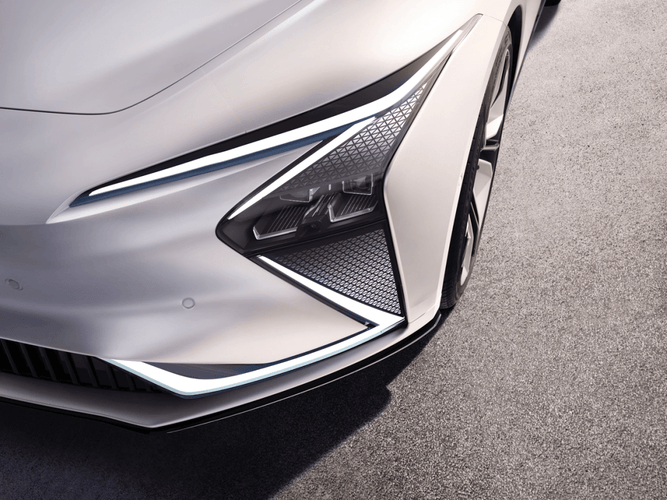Are you curious about what car lights can evolve into in this era of smart cars?
In fact, at the very beginning, the function of car lights is very simple, that is, lighting. From the earliest kerosene lamps to acetylene lamps, from incandescent lamps to later halogen lamps. They are basically not much different from the lights in our daily household.

Drivers' needs were very simple at that time as well. Just light up so that other drivers can see them. Therefore, in the era of low demand, as long as one thing is done well, it is enough to make it stand out. And Audi, which has mastered this truth, has won a reputation in the industry and among car fans with its lamp factory, by its ability to make their car lights well.
Audi was the first car manufacturer to use xenon headlights, and it was the first to experiment with daytime running lights eight years before the EU issued regulations on it. Audi's lights are bright, but not dazzling, you can see far, and you can see comfortably.

In fact, even if the wave of smart cars doesn’t come, I have no doubt that Audi will continue their focus on the lights. However, the other car giants are not willing to just follow Audi. After all, in this era now we need more high-tech lights. Whoever can grab the top spot now can lead the next generation of sports car lights.
Recent years, manufacturers that have been involved in intelligent driving assistance technology have been trying out cameras and lasers with the car lights.

Actually, as early as in 2013, Volvo already came up with a lighting system that uses cameras to cooperate with car lights. They use the front windshield and two optical cameras on the front of the car to scan and perceive vehicles and pedestrians on the road in front of the car. The next thing is very simple, the car calculates the obstacles in front of the car, and then automatically shields part of the light source through the baffle to reduce the interference to the other party.
After years of developing, this technology has been much more mature. At CES in 2020, Osram, who specializes in lights, introduced headlights with 1024 individually controllable pixels. This big amount of independent small lights can ensure that the vehicle can cooperate with the computer to more accurately calculate the area of the lights when facing obstacles to achieve a better effect.
Earlier in 2014 and 2015, also at CES, Audi launched laser headlights, and the BMW i8 was also equipped with laser headlights in 2014, becoming the first product to use such lights.

Laser headlights have a very good lighting efficiency compared to cameras that designed to achieve more efficient lighting through computers and computers. With a luminous body with a diameter of only a few microns, laser headlights have advantages such as fast response speed, low brightness attenuation, small size, low energy consumption, and long life lasting.
However, various car manufacturers have successfully promoted the technologicalization of car lights to a higher level, they still focus on the light itself. It is obviously not enough nowadays, after all, in the era of smart cars, "interaction" is the theme.
The biggest change in the era of smart cars is that cars have gradually become "intelligent" that can interact with us. Such interaction is not limited to voice, biometrics, and gesture recognition, but also the communication between the vehicle and the driver; moreover, the interaction among vehicles, and with the pedestrian. Lightings are a very good medium to make it come true.
At this time, there must be plenty of people like me who thought of DLP headlights. If you don't know what DLP means, you can put it as LED headlights + smart projectors. In other words, while inheriting the advantages of the previous adaptive headlights, it can also output images to achieve the purpose of more diversified and clearer interaction.

Such diverse and clear interactions are derived from the digital micro lenses used in DLP headlights. During driving, DLP headlights can warn surrounding vehicles and pedestrians to prevent possible dangers through text, graphics, and even images directly projected by the headlights. At present, the EVIYOS 2.0 headlight technology launched by Osram is the technology of this type of DLP headlight.

For now, such a program still stays at the level of text and simple animation, but I believe that the basic elements for transmitting information are already in place. In the future, when the brightness of lights and display pixels continue to improve, programming methods continue to be optimized, car lights will eventually become a helpful part for cars to become more mobile and intelligent. And this is what we want to see with the future of car lights.









